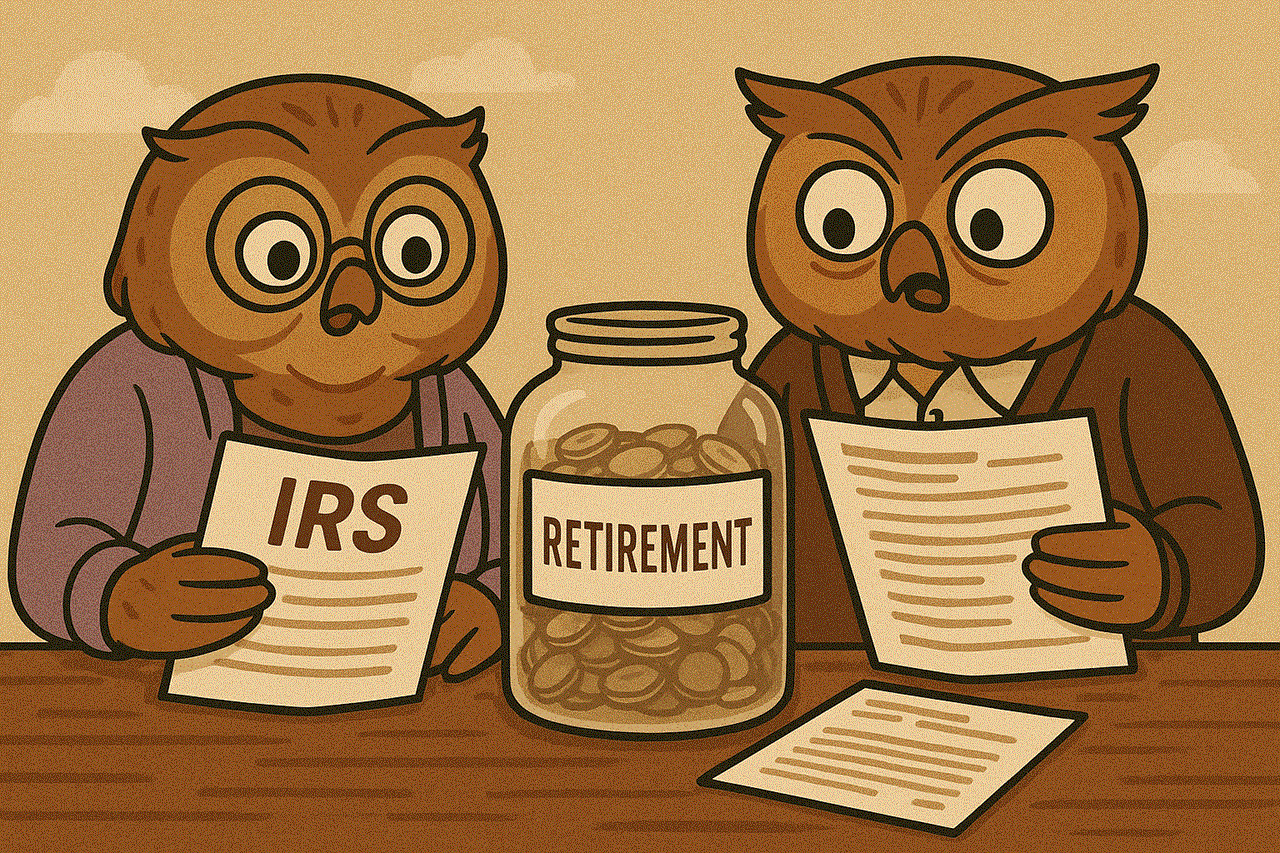Finding the “Perfect” Real Estate Deal in 2025


(Rod Khleif’s proven blueprint for identifying, evaluating, and closing winning multifamily deals—even in a competitive market)
Perfectionism can be poison for investors. I learned that lesson after clawing my way back from a $50 million loss in 2008: “perfect” deals don’t exist. There are only deals that perfectly match your criteria. When you define those criteria with precision and discipline, you’ll stop second-guessing yourself, start making offers, and build real momentum on the path to financial freedom.
Key takeaway: Finding the perfect real estate deal is really about finding your perfect deal.
Your criteria are the filters that protect you from shiny-object syndrome and bad decisions. Before you log one minute on LoopNet or pick up the phone to brokers, answer these questions:
|
Criterion |
Why It Matters |
Quick Action |
|---|---|---|
|
Market |
Determines job growth, landlord-tenant laws, population trends, and rent potential. |
Identify 1–3 metros you know intimately or where you have trusted “boots on the ground.” |
|
Asset Size |
Influences financing, management structure, and scalability. |
Newer investors: start with 2–4 units; scale to 5+ units as you build confidence and a team. |
|
Property Class (A–D) |
Sets expectations for rent growth, tenant profile, and rehab budget. |
Match class to your risk tolerance and capital reserves. |
|
Stability Level |
Dictates how soon you’ll see cash flow and how hard financing will be. |
Decide whether you want stabilized, value-add, or heavy reposition projects. |
|
Price Range |
Keeps you realistic about capital requirements and equity partners. |
Get pre-qualified (residential) or line up debt & equity relationships (commercial). |
|
Management Style |
Affects day-to-day workload and NOI. |
Choose self-management, on-site staff, or third-party management before you buy. |
1. Your Backyard – Instant familiarity, quick drive bys, and personal relationships with brokers, contractors, and local banks.
2. Your Hometown – You still know the neighborhoods; family or friends can be your eyes and ears.
3. Boots on the Ground – Invest where you have a trusted partner who can walk units, attend inspections, and oversee rehabs.
4. Retirement or Vacation Spot – You already visit, so leverage that knowledge while building a future income stream.
5. Two-Hour Radius Rule – If nothing else fits, draw a two-hour drive circle around your home and start analyzing sub-markets.
Pro tip: Study population growth, job diversity, and landlord friendliness. A great property in a lousy market is still a lousy deal.
Class A – Newest, luxury amenities, lowest cap rates, slowest rent growth.
Class B – Middle-income, light value-add potential, strong demand.
Class C – 30–50 years old, heavy value-add upside, higher cash flow.
Class D – Deep-discount cash-flow plays, headache tenants, high management intensity.
Choose the class that matches your capital, team strength, and stress tolerance.
|
Stability Level |
What It Looks Like |
Risk vs. Reward |
|---|---|---|
|
Stabilized (≥90 % occupied) |
Turn-key, market rents, minimal deferred maintenance. |
Lower risk, lower upside. |
|
Light Value-Add |
Cosmetic upgrades, rent bumps, minor operational efficiencies. |
Moderate risk, solid upside. |
|
Heavy Value-Add ( |
Significant rehab, management overhaul. |
Higher risk, larger equity multiple. |
|
Vacant/Reposition |
Empty shell, major cap-ex, lease-up needed. |
Highest risk, potentially life-changing upside. This is only for experienced teams. |
Always know why a property sits below market occupancy before pulling the trigger.
Residential Loans (≤4 units) – Conventional, FHA, or VA. Get pre-approved so brokers take you seriously.
Agency Debt (5+ units) – Fannie Mae & Freddie Mac remain the gold standard for stabilized assets.
Bridge or Construction Loans – Ideal for value-add plays but carry higher interest and tighter timelines.
Equity Partners or Syndication – If you’re short on down payment, raise equity in exchange for shares of cash flow and appreciation.
Rod’s rule: Always line up debt and equity before you LOI. Momentum dies when you scramble for capital.
Self-Management – Best education you’ll ever get, but be realistic about time commitment.
Resident Manager – Offer rent credits on small properties to handle maintenance and leasing.
Third-Party Management – Leverage experienced teams, especially when scaling fast or investing out of state.
Hybrid – Start with third-party, then transition in-house once you exceed 75–100 units in one market.
Remember: Poor management can sink even the “perfect” deal.
Finding the perfect real estate deal starts with crystal clear criteria and ends with decisive action. Revisit your criteria quarterly as markets shift and your skill set grows. Refuse to chase unicorns, and refuse to settle for mediocrity. When your numbers work, your gut is calm, and your team is aligned, pull the trigger and welcome that next property into your portfolio.
Ready to sharpen your acquisition skills even further? Download my free “Financing Your Multifamily Purchase Workbook” and learn exactly how to fund that perfect deal when it lands on your desk.
To Your Success,
Rod Khleif
Host of the Lifetime CashFlow Podcast | Founder of the Warriors Multifamily Mastermind | Author of How to Create Lifetime CashFlow Through Multifamily Properties
P.S. Bookmark this guide and share it with your accountability partner. The faster you apply it, the sooner you’ll be celebrating your own “perfect” multifamily closing.

Being good with money isn’t about being rich or knowing complicated financial jargon. It’s about understanding how money works and...

When you buy an apartment building, you’re buying a stream of income. The more you increase revenue in an apartment...

Every year, the IRS updates various limits due to inflation. This covers everything from your tax rates and standard deductions...